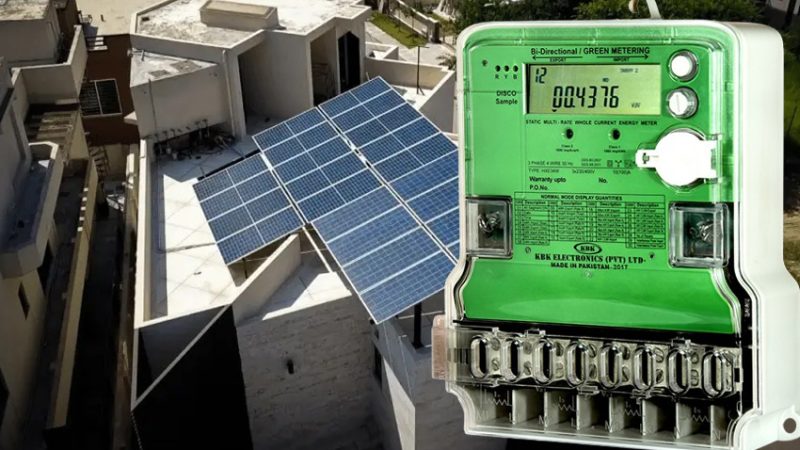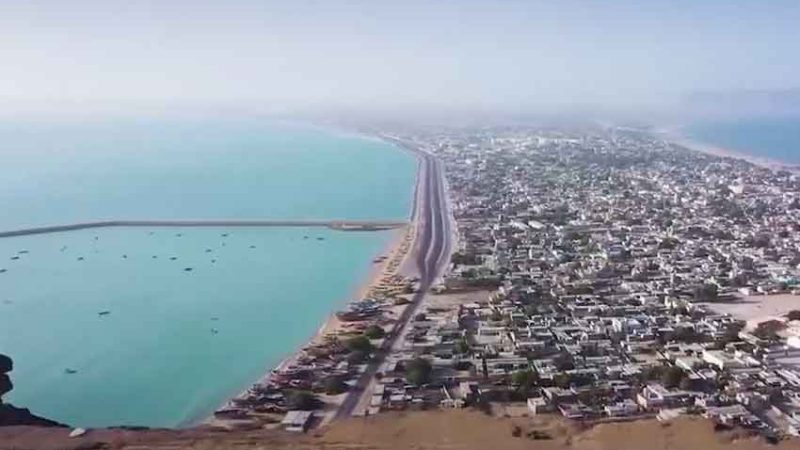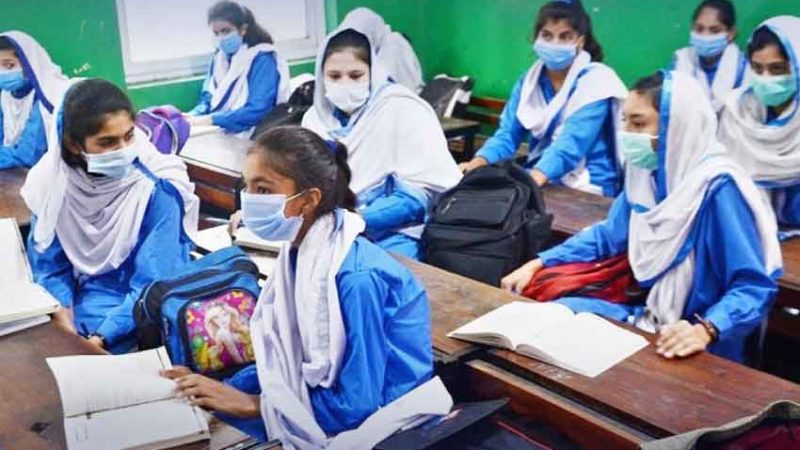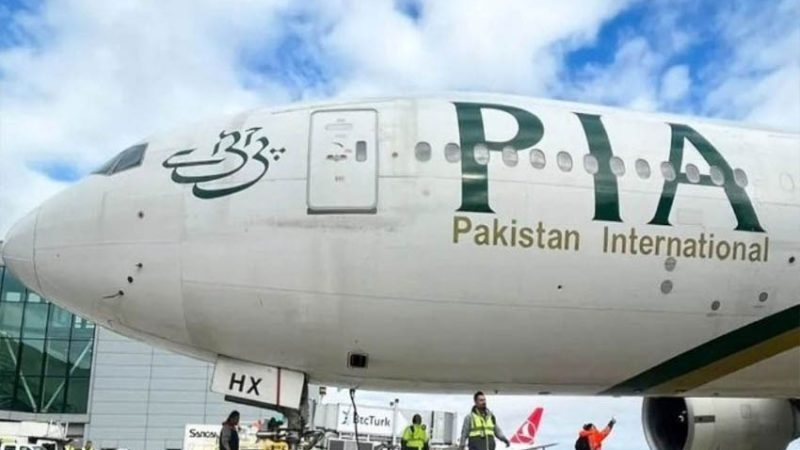Toxic gas claims four lives in Karachi’s Keamari
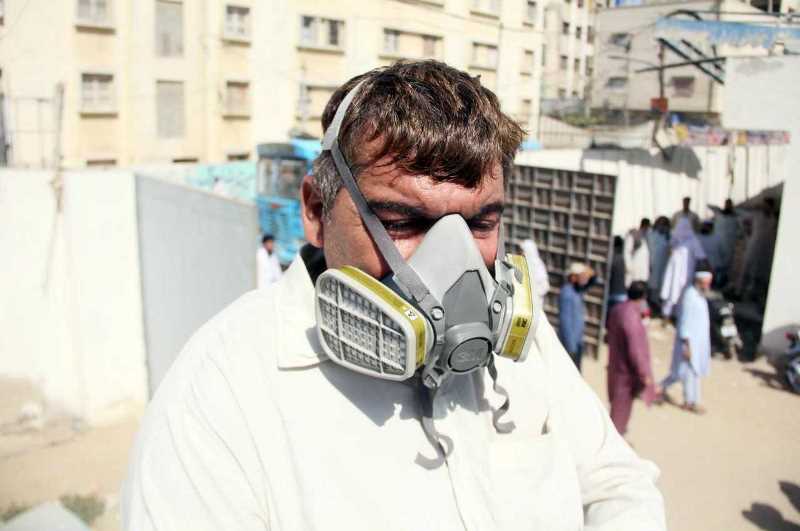
A mysterious gas leakage, which had claimed more than a dozen lives earlier this year in Keamari, is feared to have taken place again in the densely populated neighbourhood as a key area hospital said on Wednesday it had received 22 patients in less than a week from the same vicinity with the same symptoms and complaints and so far four of them have died.
On Tuesday, Two Keamari residents were brought to Ziauddin Hospital Kaemari “in critical condition with severe difficulty in breathing,” said the hospital in a statement.
“They were given immediate medical attention but both succumbed to their injuries during treatment.” In addition to those who died, 11 more people were brought in.
The hospital says everyone affected had the same symptoms that were found in people due to a mysterious gas leak in February. So far during the week, 22 people with similar symptoms have been brought to the hospital.
While a report of Karachi University’s International Centre for Chemical and Biological Sciences (ICCBS) had suspected that “soya bean dust (aeroallergens)” may have caused the deaths, the claim was widely ruled out by other experts and the authorities themselves.
It may be noted that on Dec 19, the Karachi Port Trust had released a photograph showing its top authorities inspecting a vessel that brought imported soya bean here.
Some 14 people died and more than 250 people fell ill due to suspected leakage of gas in Keamari. Authorities were alerted to the incident when people in the Keamari area began rushing to nearby hospitals with severe breathing problems. Since the bodies were not brought to any government hospital, the exact causes of the deaths were not ascertained.
More than 150 people were brought to Dr Ziauddin Hospital in the February 2020 incident. The mystery remained unresolved amid growing political tension between the federal and provincial governments which shared the administrative control of the old neighbourhood located along the Karachi Port.
“An initial investigation into the incident by the Sindh Environmental Protection Agency (Sepa) had showed that a toxic gas leaked from the terminal/s storing crude oil and petroleum products located within the residential areas,” said a source citing history of the probe into the February incident and its results.
“Then came the ICCBS report blaming soya bean dust [aeroallergens] as cause of the deadly incident but it was also rejected by experts and officials. They questioned if the soybean dust caused deaths and illness, why did it not affect 369 workers involved in offloading of the consignment at the port and the ship crew? Considering seriousness shown in the past, this can give you an idea about the fate of the future of this mystery,” the source said.



